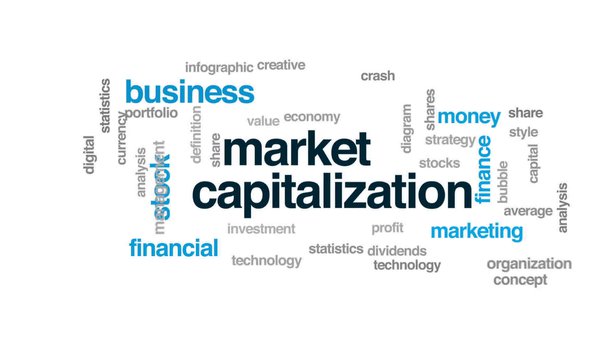Market capitalization- What is it and why does it matter?
Market capitalisation or market cap indicates the size or worth of a company in stock. To calculate the market cap, multiply the current market value of shares by the total outstanding shares of a company. Understanding market capitalisation is crucial for both companies and investors. It helps companies prepare on-long investment strategies. Prospective investors can analyze the risk and return from investment. In this article, read about the advantages of market capitalisation.
Why does market capitalisation matter?
The value of the company plays a crucial role while investing. By understanding the market capitalisation, investors can speculate future performance of stocks and make informed decisions. Investors prefer a mix of various stocks so that they can earn high returns and reduce risk. Market cap helps to make investment decisions in the long term. If you want to invest in the stock market but are unaware of the market cap, it can be calculated easily. Multiply the total outstanding shares by the market price of the company. Open a free Demat account and start creating a suitable portfolio. Below are a few advantages of market cap.
Sizing up stocks
The Divisions of companies are made based on market capitalisation. A company can be a large-cap, mid-cap, or small-cap based on its market size. The features of all three types of stock are mentioned below.
-
Large-cap
Large-cap companies have a high market share of Rs 10,000 crore or more. These companies have low-risk rates so investors can buy the stocks without thinking too much about the sudden price decline. However, large-cap companies have low growth rates.
-
Mid-cap
Mid-cap companies have market capital between Rs 2,000 crore to Rs 10,000 crore. The companies whose market shares are gradually increasing fall under this category. As the resources are increasing, the risk is more than large-cap stocks but less than small-cap stocks.
-
Small-cap
The companies whose market cap is less than Rs 2,000 crore are small-cap companies. Small-cap stocks are highly volatile, increasing the potential risk and return from investment. The growth potential of small-cap companies is high. However, only investors willing to tolerate the risk must invest in small-cap stocks.
Evaluating risk and reward potential
An investor should consider every factor that affects investment decisions. From demat account charges when opening the account to gains from investment, all the factors decide the total returns earned. One can speculate a company’s potential stock market performance is possible with market capitalisation. An investor can choose to be safe and invest in large-cap stocks. Investors get more returns for taking on more risk by investing in mid-cap stocks. Invest in small-cap stocks for more returns with high-risk potential.
It is the investors’ decision to select the right stock. The performance of each stock depends on the market conditions. At times large-cap stocks are profitable in comparison to others. Considering the growth potential and overall market performance stock must be chosen.
Balancing the portfolio
An investment portfolio must be diverse to balance risk and return. There must be an ideal mix of large-cap, mid-cap, and small-cap to build a balanced portfolio. If one of the stock prices is declining, other stocks in the portfolio will help compensate for the loss. It is a strategy used to minimise the risk in the investment portfolio. Although a diverse portfolio doesn’t mean the elimination of risk, investors can minimise the loss incurred in the long term.
Create an investment plan, and know your financial goals and risk tolerance capacity to build a good investment portfolio for the long run. The type of profitable stock, and volume of investment varies for every investor. Depending on your long-term goals, make investments in such a way that potential loss can be compensated.
Conclusion
Make informed investment decisions after considering the market cap. There is no set rule as to which type of stock is more profitable as, over time, different stocks lead the market. However, knowledge of market capitalisation is the foundation to create long-term investment plans. If you are planning to invest in the stock market, understand how the company size is related to the risk and return from investment.



